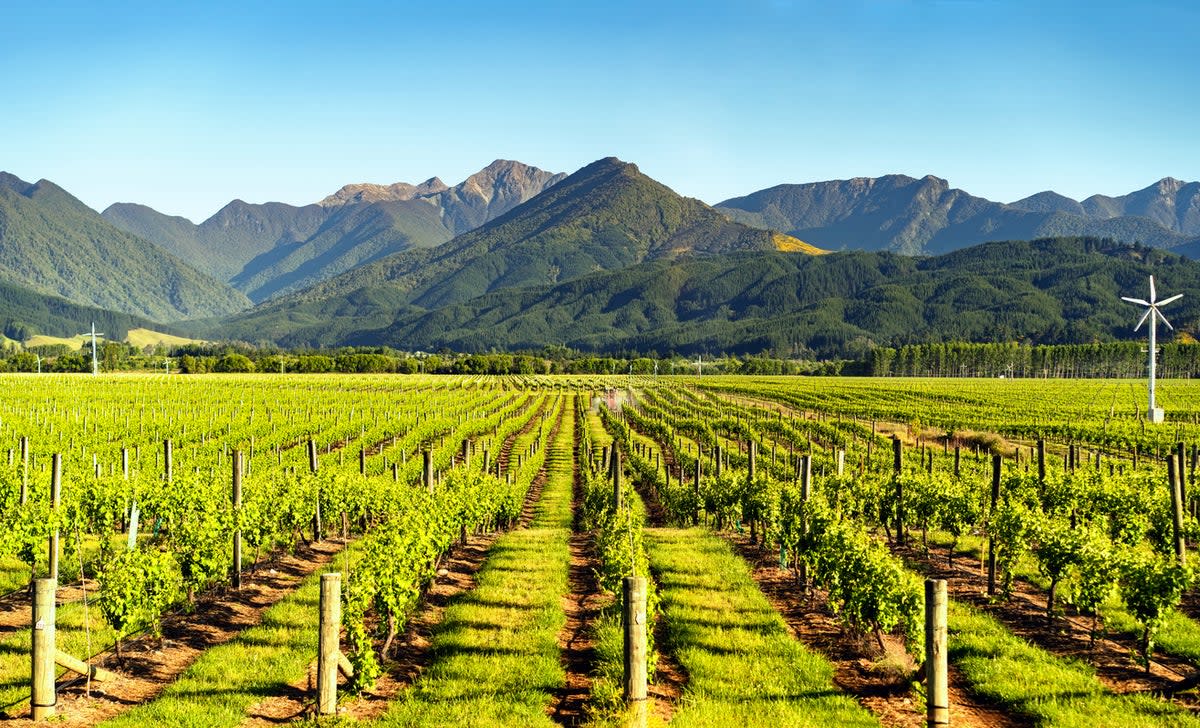Scientists discover the best locations to survive a nuclear winter

When considering where best to ride out an apocalyptic nuclear winter, hedge your bets on the Southern Hemisphere.
That was the main takeaway from a study published this week which found that a handful of island nations, mostly south of the equator, have the highest potential of continued food production after a severe sun-reducing catastrophe.
The study, conducted by the University of Otago and Adapt Research in New Zealand, explored how several sunlight-reducing scenarios like nuclear war, super volcano eruptions or asteroid impacts would effect global agriculture.
By analyzing crop models under “nuclear winter” conditions, estimates of food calorie supply and an array of resiliency factors they assessed 38 island nations. New Zealand, Australia, Vanuatu and the Solomon Islands came out on top, along with Iceland on the opposite side of the world.
The scientists focused in on New Zealand as a case study. They discovered that while the island nation would likely be able to feed people, its vulnerabilities lay in extreme reliance on imported commodities, such as refined fuel, and a shortfall in manufacturing of essential components.
Professor Nick Wilson, from the University of Otago, said the findings remained consistent with a study conducted 40 years ago on how nuclear war would impact New Zealand. The one difference was that the country had become more dependent on imported diesel and digital infrastructure.
Dr Matt Boyd, from Adapt Research, said that the study emphasised the precarious situation of many countries in a post-apocalyptic world.
“New Zealand has the potential to preserve an industrial society through this kind of catastrophe, but it is not ‘plug-and-play’,” he said in a statement. “A decent amount of strategic planning needs to happen and across a long period of time, but this planning would have benefits in dealing with a wide range of extreme risks.”


